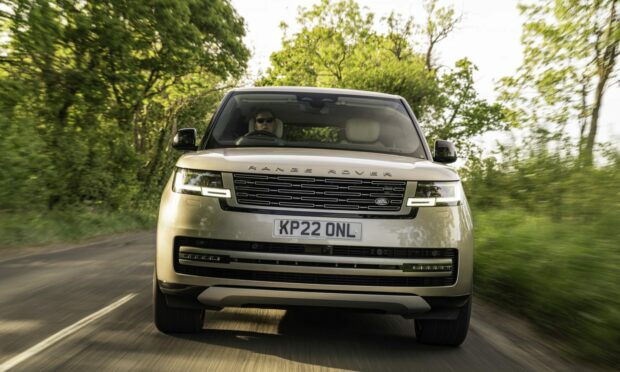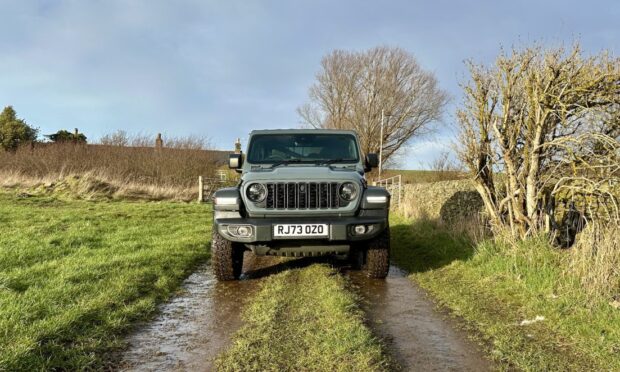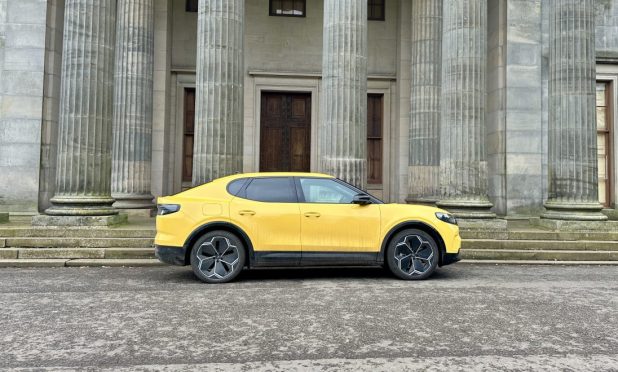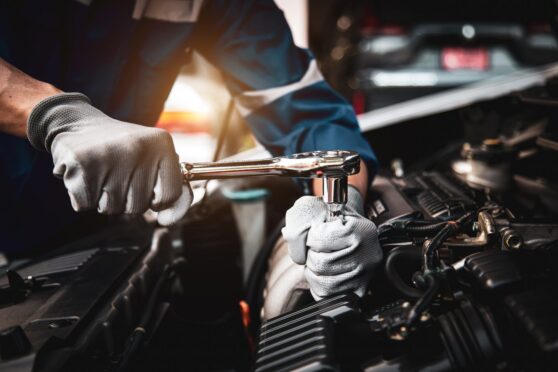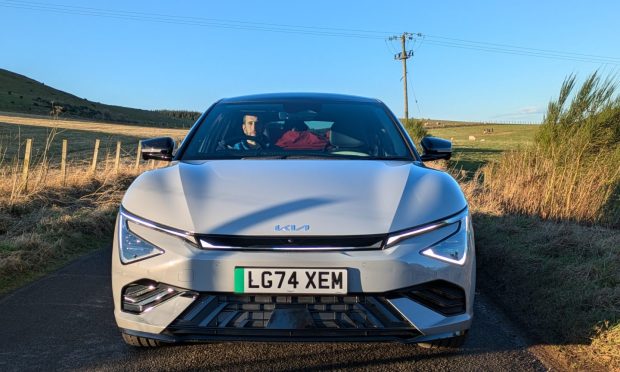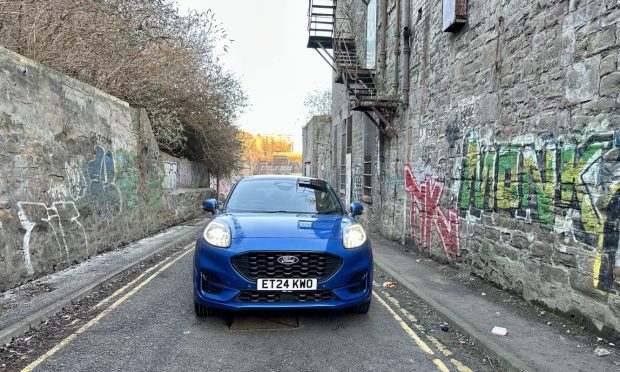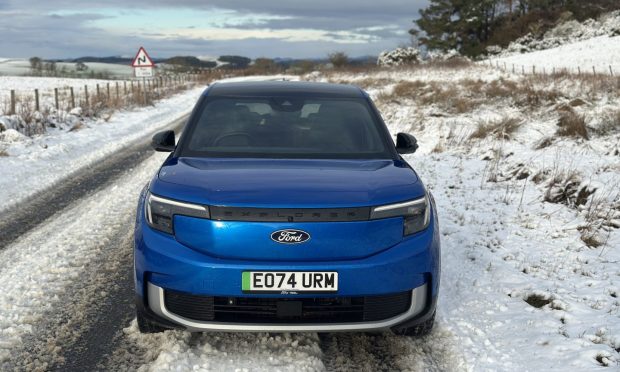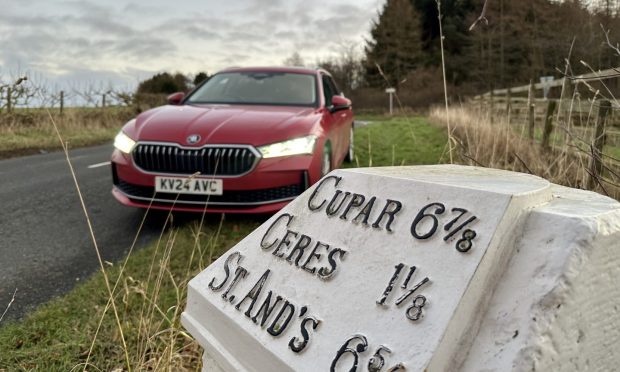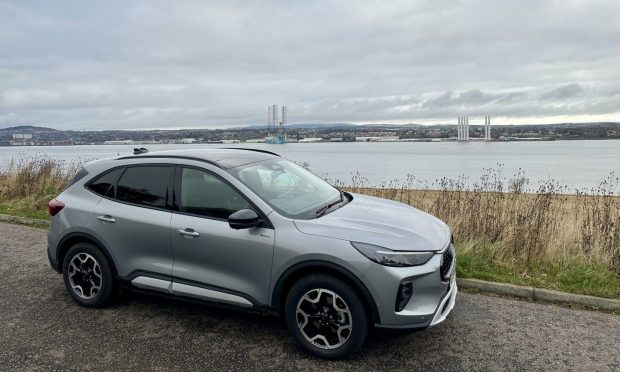A new Range Rover doesn’t come along every day. Indeed, there have been only five iterations of the car since it was launched way back in 1970.
The fourth generation was launched a full decade ago. While still hugely impressive it was beginning to show its age.
So it was with great excitement that I travelled to Loch Lomond for the Scottish launch of the all new Range Rover.
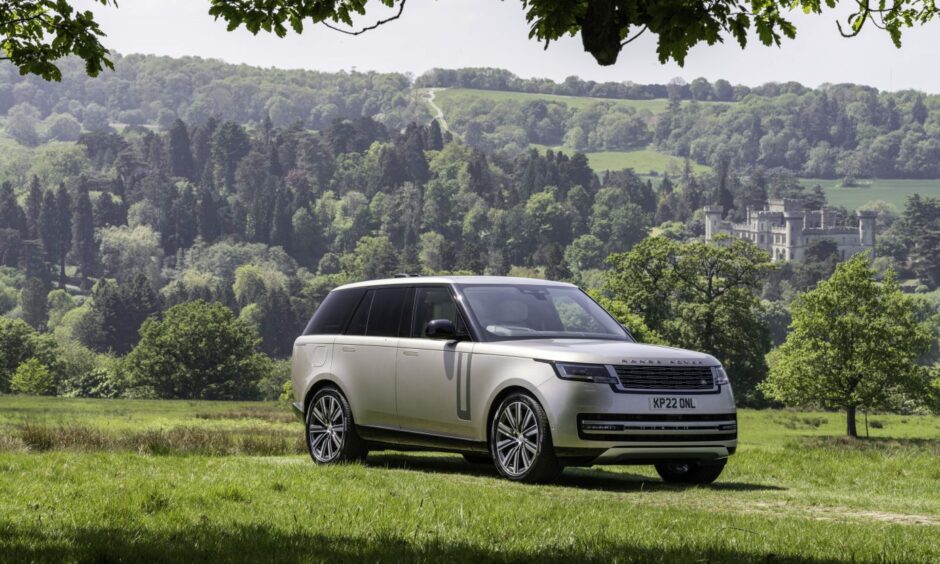
While still very recognisably a Range Rover, the latest model benefits from a dramatic restyling. From the purposeful front end to the floating roofline, high waist and vertical rear lights it’s a stylish and dynamic car.
Each change is quite nuanced but stacked together they really add up. I had to park next to an older Range Rover to see just how different – and better – looking the new model is.
Hybrid
It will be offered with a plug-in hybrid powertrain. This will combine a 3.0 litre six cylinder petrol engine with a 31.8kWh battery and electric motor.
You’ll be able to travel around 60 miles on battery power, meaning most journeys can be made without taking a sip of petrol.
The plug-in hybrid engines won’t be introduced until later in the year, however. For the moment buyers have the choice of a 3.0 litre diesel that will make up the vast majority of sales, or a 4.4 litre, twin-turbo V8 petrol.
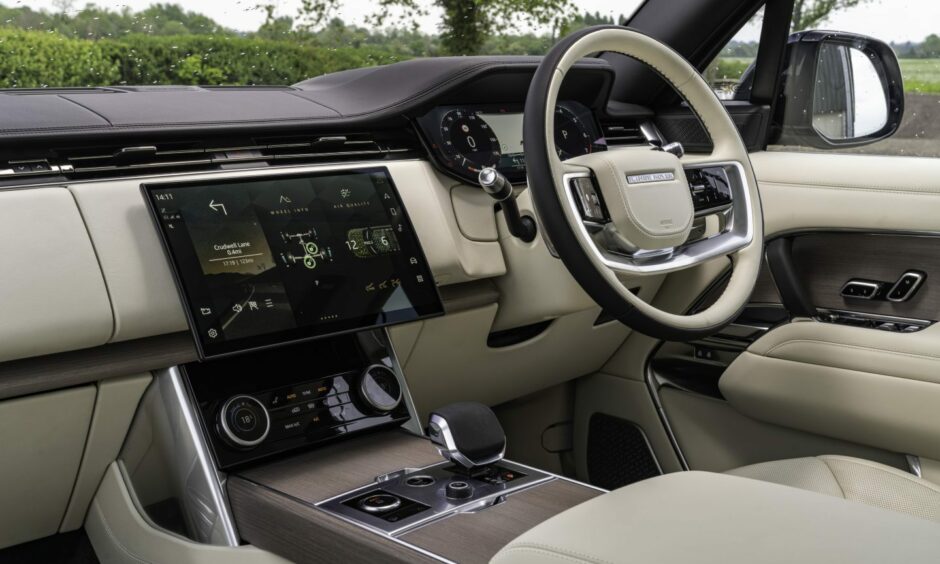
Interior quality also takes a big step up from the old car’s already high standards.
For the first time there’s a choice of a seven-seat Range Rover. The core version of the car seats five, however the long wheelbase version can be specified as a seven-seater.
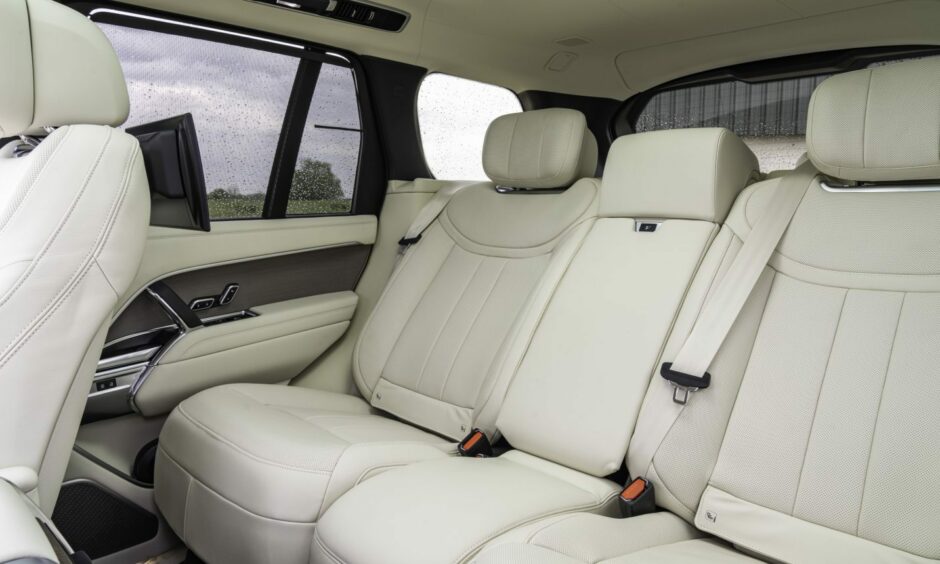
I touch the starter button and there’s just the faintest hum from the front of the car as the engine fires up. Land Rover’s engineers really have put the work in when it comes to sound insulation.
Indeed, the new Range Rover even comes with noise cancelling technology, similar to that used in expensive headphones. Microphones in all four wheel arches monitor noise and speakers inside broadcast the opposite soundwave to cancel out the external noise. I couldn’t hear if it worked – which I suppose is the point – but the near silence of the cabin suggests it does.
Glencoe route
I spent four hours driving the new Range Rover on a route up to Glencoe and down the coast to Oban. Some of Scotland’s most scenic roads are also some of its most rutted and pothole-laden. The Range Rover was absolutely majestic, though, its incredible suspension system making even the most uneven surfaces feel as smooth as a mirror.
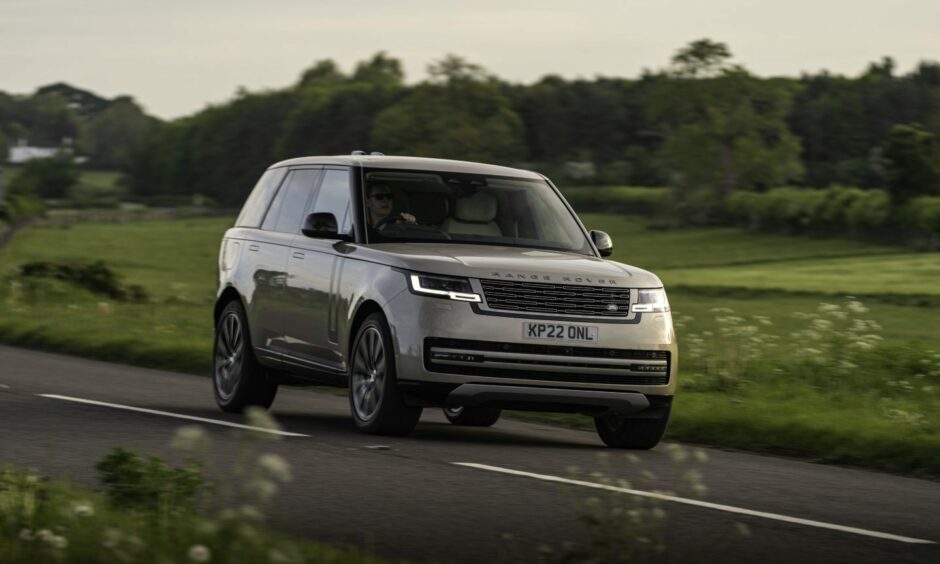
Four wheel steering has been introduced in the new model. Supposedly this makes the car handle better, but I noticed it most in tight manoeuvres where it gives the huge Range Rover the turning circle of a much smaller car.
With 350hp, the diesel engine is no slouch and will haul the car from 0-62mph in 6.1 seconds. Top speed is 145mph and combined fuel economy 35.7mpg.
Getting muddy
Should you need it to, the Range Rover will perform marvellously off road. It can wade to a depth of 900mm and will get you as far off road as its stablemates, Land Rover’s Defender and Discovery.
Virtually no one is going to go tearing through rivers and forests in their luxury Range Rover, however. On road is where 99% of them will spend 99% of their lives and here it utterly excels.
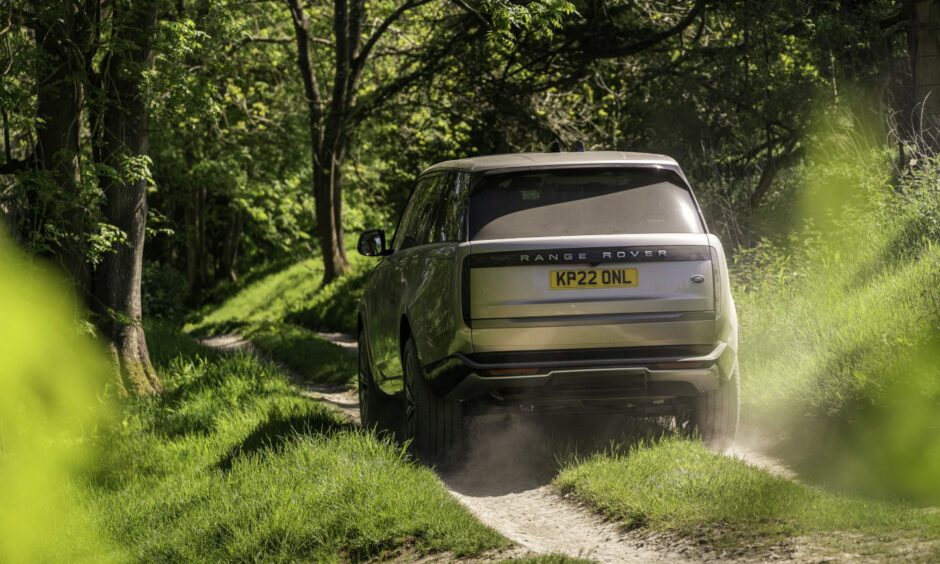
Ride and refinement are sublime. The leather seats are as comfortable as your favourite armchair, and the high up driving position makes you feel king of the road.
All this doesn’t come cheap, of course. You’ll get almost no change from £100,000 for any version of the new Range Rover, and the most expensive models will nudge the £200,000 mark. Expect running costs to be fairly eye watering as well.
But for that you do get the ultimate luxury SUV. The Range Rover has been an icon for more than 50 years. On the evidence of the new one it looks likely to remain so for at least another half century.
Facts
Price: £107,300
0-62mph: 6.1 seconds
Top speed: 145mph
Economy: 35.7mpg
CO2 emissions: 207g/km
